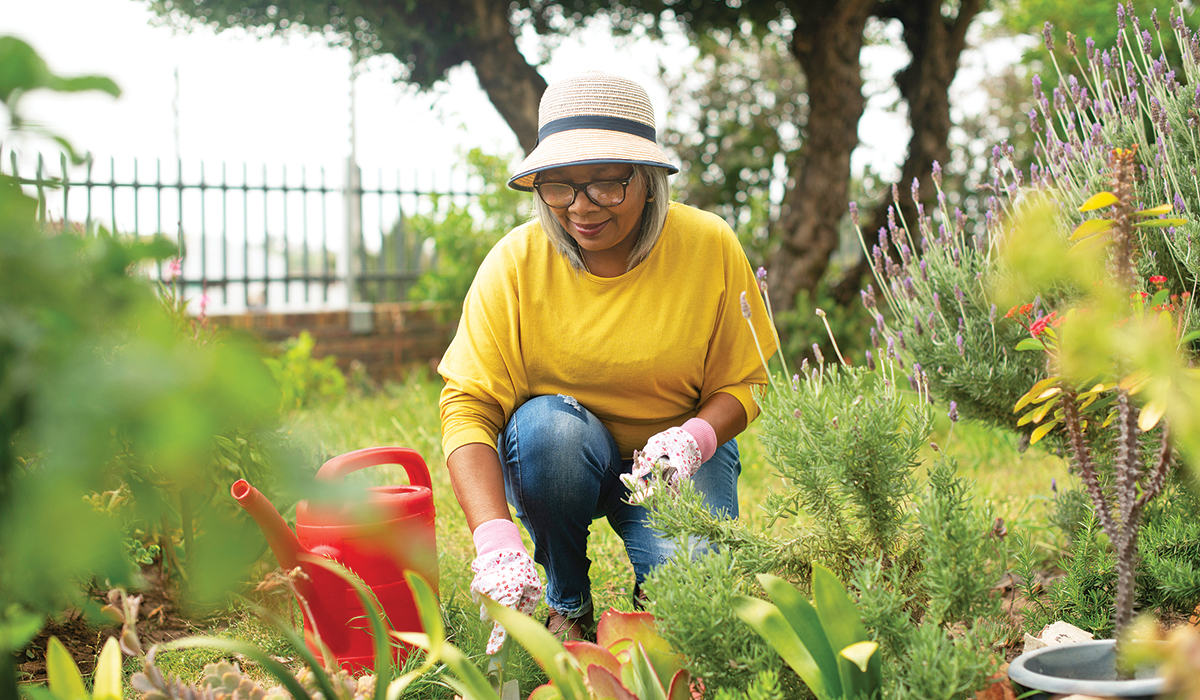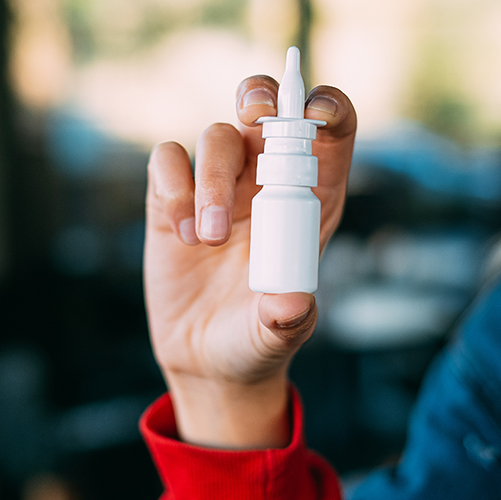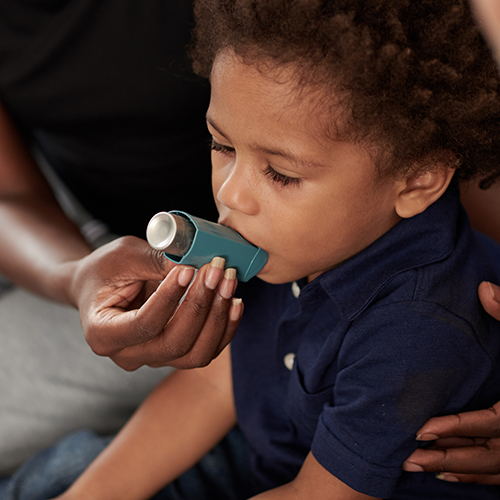March 2025
No matter what you’re allergic to, seasonal allergies are no fun. They can leave you with red, itchy eyes, a runny or stuffy nose, and bouts of sneezing. But what do people mean when they talk about seasonal allergies?
There isn’t just one thing that seasonal allergy sufferers are reacting to. Your allergy seasons can vary depending on what you’re allergic to and where you live. Some people with seasonal allergies can experience symptoms multiple times in the year.
Learn more about the common causes of seasonal allergies and what you can do to manage symptoms.
Pollen
Most seasonal allergies are caused by pollen, a fine powder produced by plants for pollination. While some plants rely on insects and other animals to move their pollen, others rely on the wind.
When pollen becomes airborne, people breathe it in. And that’s where the problems begin for many allergy sufferers. Here are the three main types of airborne pollen.
Trees
Tree pollen allergies peak in spring when trees flower and produce pollen. (In warmer climates, it can start as early as January or February!)
Like with all plants, trees that are most likely to cause problems are those with airborne pollen. So, while your allergies may be worse when certain trees and shrubs are flowering (think lilacs, dogwoods, and magnolias), those flowers are unlikely to be the problem. (Showy flowers are typically there to attract pollinators — so they don’t usually produce pollen that is carried by the wind.)
Trees likely to cause pollen allergies include ash, birch, cedar, maple, oak, and willow, among many others.
Grass
Grass pollen is typically highest during mid-spring to early summer, though it can be year-round, depending on where you live. Keeping grass mowed short can help reduce pollen in your yard (so it can’t grow enough to produce pollen).
Ragweed and other weeds
Ragweed and other wind-pollinated allergenic weeds tend to flower in late summer and early fall. Around 50 million Americans (roughly 15%) suffer from ragweed allergies.
How to treat pollen allergies
Your first line of defense against seasonal allergies should be minimizing exposure to known allergens. Enter your zip code on Pollen.com to see which allergens are currently present in your community and at what level.
Keep windows closed and limit outdoor activities during high pollen times (typically between 2 p.m. and 9 p.m.). Alternatively, try exercising outdoors when pollen counts are lower (typically 4 a.m. to noon). If you do go outside, change your clothes and take a shower to remove pollen. Running an air filter with a HEPA filter may help as well.
If avoidance isn’t enough, try over-the-counter (OTC) or prescription allergy medications. And if that still isn’t enough, consider seeing an allergist. They can test you for many different types of pollen allergies.
Regular allergy shots, customized to the results of your allergy tests, can help your body become less reactive to benign known allergens, like pollen.
Mold
When we think of seasonal allergies, most people don’t think about mold. The season you will experience symptoms with a mold allergy depends on where you live and when your location tends to be humid enough (relative humidity of 60% or more) for mold to thrive.
How to treat mold allergies
When conditions are ripe for mold, you can take steps at home to protect yourself. Run a dehumidifier inside your house (if humidity happens in the cooler months) or an air conditioner (during hot, humid weather). Use an exhaust fan when you shower or cook to remove excess moisture. Run HEPA air filters to capture airborne mold. Carefully clean any visible mold that appears inside your house.
As with pollen allergies, you can try OTC medications if reducing exposure isn’t enough. And if that still isn’t enough, consider consulting with an allergist.



